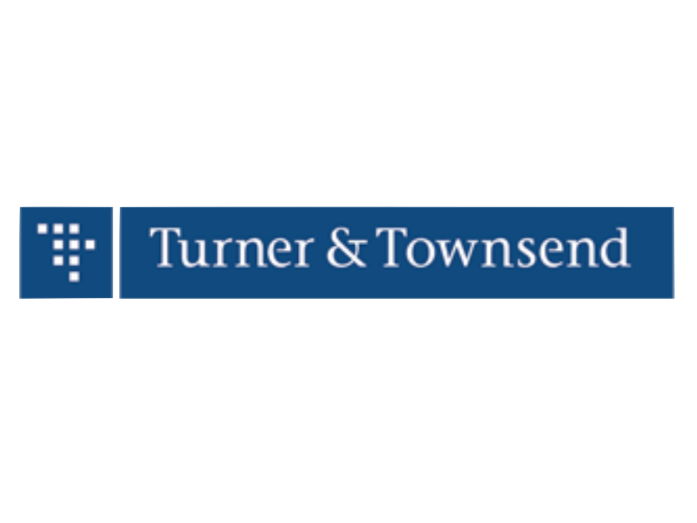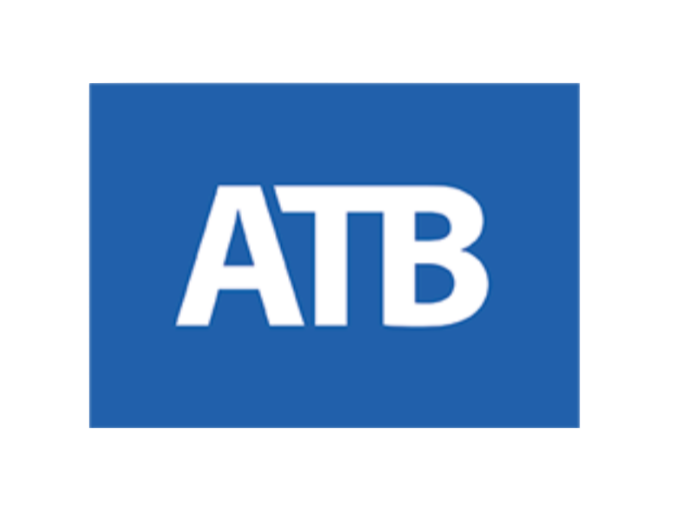Accurate, transparent, and effective internal communication mechanisms are needed to support all efforts implemented to advance gender equality.
In the movement to achieve gender equality in the workplace, communication resulting in awareness and elevated understanding is a key element to help establish an inclusive environment. McKinsey & Company found that, although Canadian businesses are collecting gender-disaggregated data, 31 percent of respondents said progress on gender equality initiatives was not being shared across the company.
Accurate, transparent, and effective internal communication mechanisms are needed to support all efforts implemented to advance gender equality. Implementing a strategic communication plan can motivate all internal stakeholders to become active participants, ensuring ongoing interest and progress while building accountability to established gender equality goals or outcomes. During company consultations, it was noted that effective communication is critical to embedding gender equality throughout the organization.
Success Factors for Internal Communication
- Circulate clear and up-to-date data and information. By gathering and sharing accurate and pertinent gender-related information, you can avoid opinions or misinformation clouding the facts.
- Set leaders up for success. In order to effectively communicate your gender equality policies, strategies, data, results, progress reports, concrete outcomes, action items, etc., leaders need to understand why it is important and what is expected of them.
- Engage men as active agents in communication and highlight their actions. When men champion gender equality, progress rises considerably compared to when they remain outside of the conversation.
- Create a communications plan or campaign tailored to support your gender equality initiatives. If applicable, collaborate with your communications team or other relevant personnel and employ mixed methods to engage all levels of employees, such as: leadership messages; webinars; podcasts; speaker series; lived experiences campaigns; workshops; newsletters; intranet features.
Good Practices in the Private Sector

Turner & Townsend has an internal communication approach that uses multiple, coordinated methods to share information about gender equality. Every month, Turner & Townsend’s head office in Toronto holds a Town Hall with the option for offsite employees to join via video conference. The human resources department provides an update on its gender equality initiatives and shares quantitative data related to representation and goals, as well as qualitative data based on storytelling. Turner & Townsend complements this regular communication with specific initiatives, including a monthly newsletter for equality, diversity, and inclusion topics; lived experience campaigns featuring women in the company; and Breaking Barriers Breakfasts, which are hosted by its Employee Resource Group focused on gender equality and are open to all employees that want to join the discussion.

In 2019, ATB celebrated International Women’s Day by hosting a live, virtually accessible rotating panel with 10 executives participating as panelists. Ellevate, an ERG committed to advancing women in the workplace, set an ambitious goal to have 10 percent of the organization’s employees attend the event in person or virtually. To internally communicate details of the event, ATB created an infographic that ranked the gender balance of specific departments and shared it within ATB’s intranet community. Three senior executives commented on the infographic, which made it the most viewed post in ATB’s history. To keep the momentum going, ATB made frequent posts on the intranet news feed and sent a calendar invite to over 1,300 members. To increase word of mouth, ATB launched two contests: 1) a ticket draw to see Michelle Obama, and 2) a call to design a new logo for Ellevate. By effectively utilizing technology and harnessing employee interest, ATB far exceeded its goal: 66 percent of team members attended the event in person or virtually.
Recommendations for Internal Communication
- Language matters and influences whether or not a message is successfully circulated, so consider intention, consistency, and frequency when spreading key messages.
- Survey or interview employees to establish their preferred method of receiving information and their baseline knowledge on gender equality initiatives.
- Confirm the delivery of communication messages. To ensure responsive employees, enact participatory measures such as an “acknowledge email” button, surveys tracking reception and comprehension, or scheduled opportunities to share thoughts or interact with leaders who are accountable for gender equality measures.
- Consider who should share key messages to deliver the most impact. For larger or international organizations, a regional head or department lead might be a more effective choice than the CEO or global lead.
- Consider the audience of key messages. Key messages should also be developed for different employees (e.g. messages for lower level employees might not be as relevant for middle managers).
- Assemble gender equality ambassadors to help facilitate internal communication and clarify questions or concerns from fellow employees. These individuals should have regular access to leadership and be equipped with current key messages and information.
Assess Your Organization’s Internal Communication
- Is there clear and ongoing internal communication that gender equality is a priority to your business?
- Does your organization transparently communicate gender equality information (e.g. policies, strategies, data, results, progress reports, concrete outcomes, action items) to all employees?
- How does your organization ensure that gender equality information is visible to all employees?
- How does your organization ensure all senior leaders are prepared to effectively communicate gender equality information to employees?
- What methods does your organization use to communicate gender equality information to employees at all levels?


